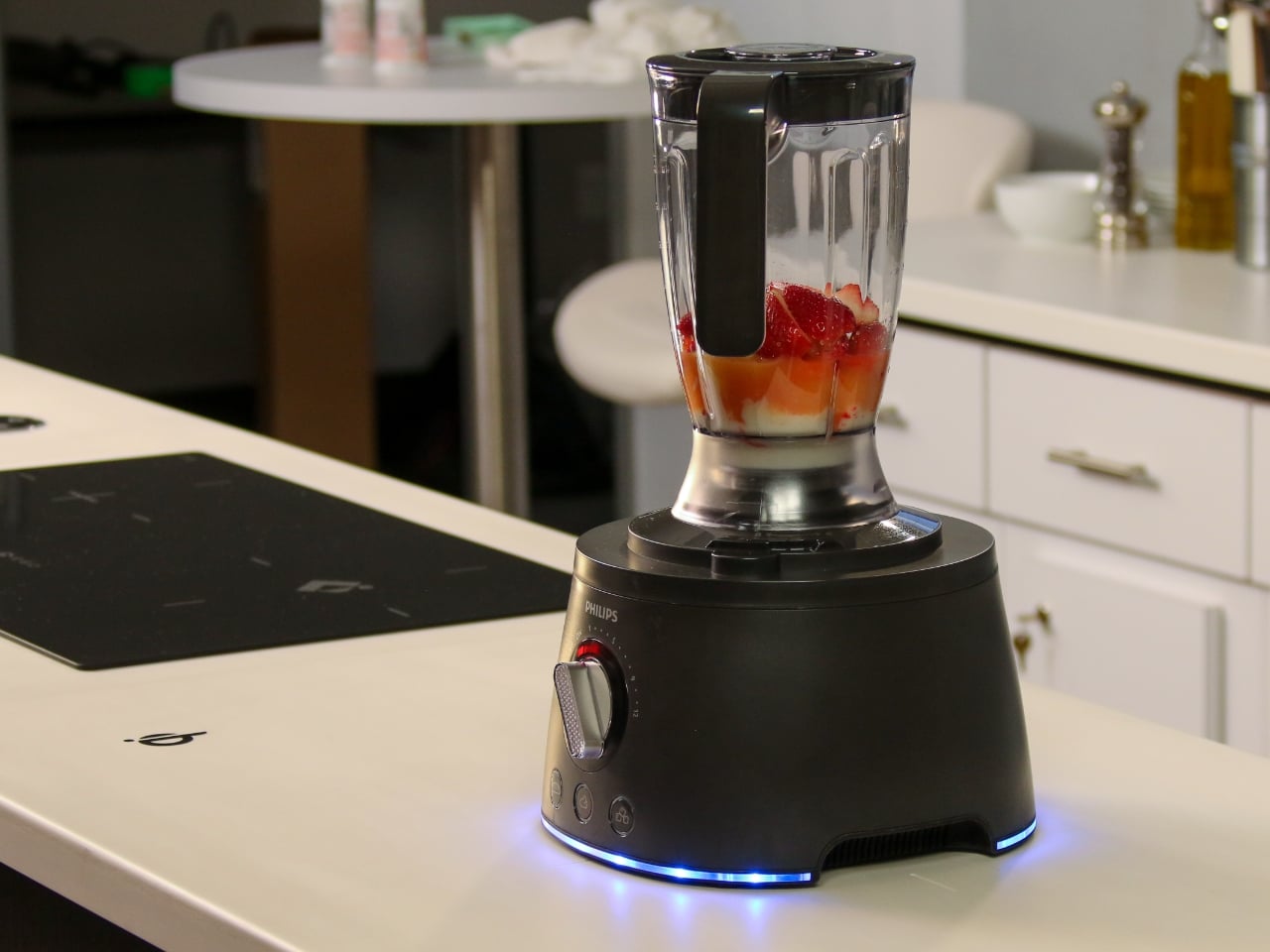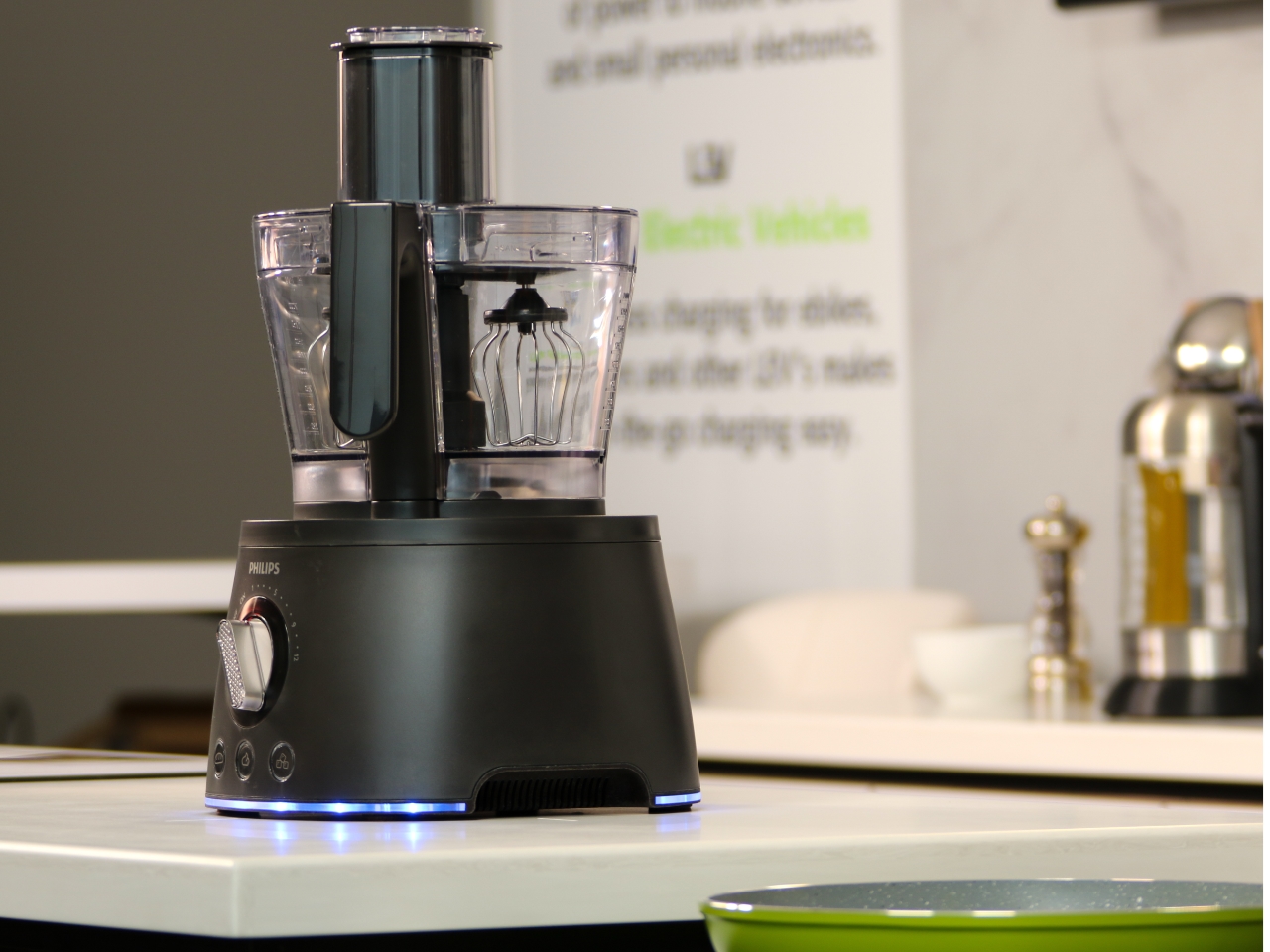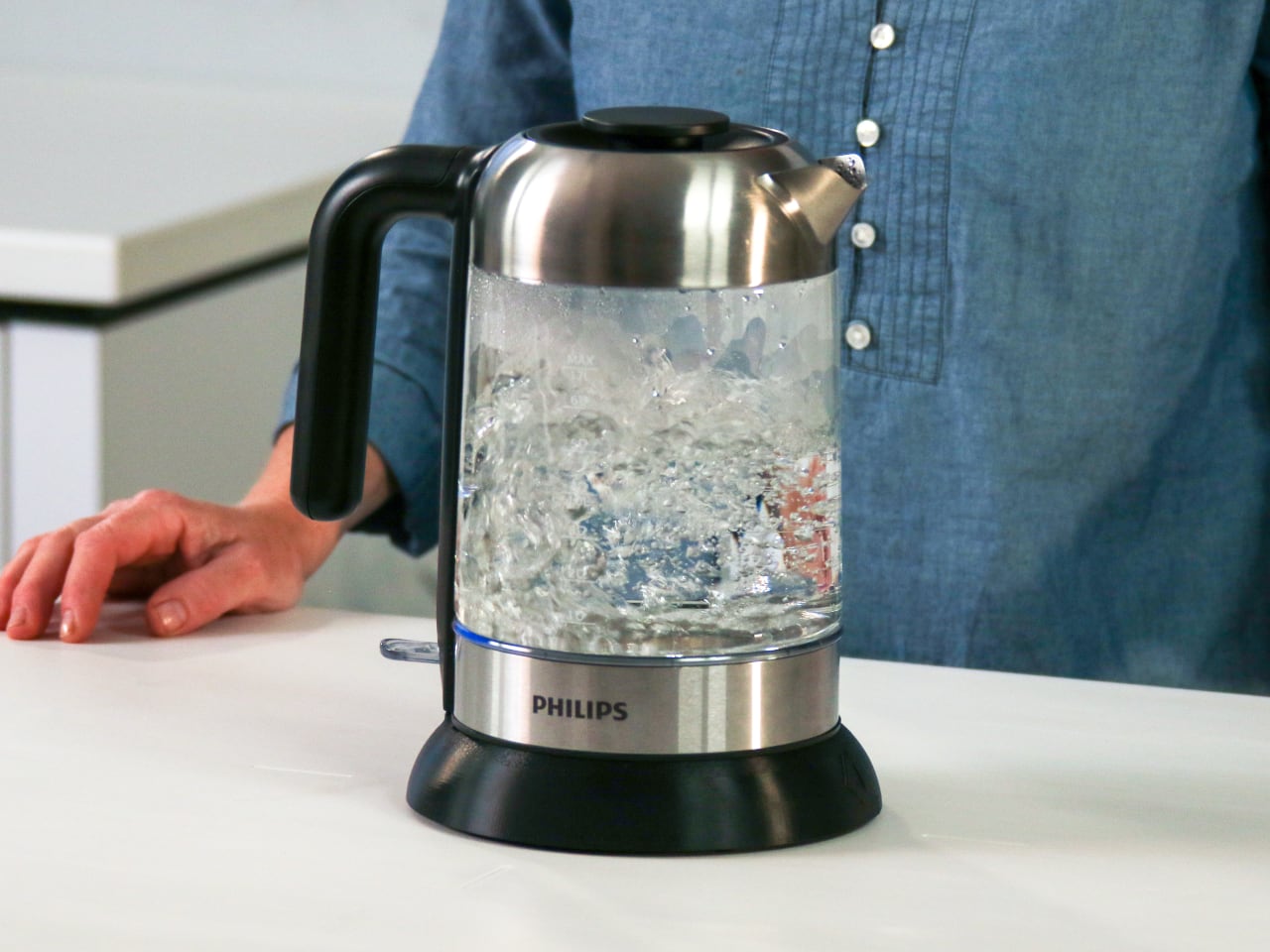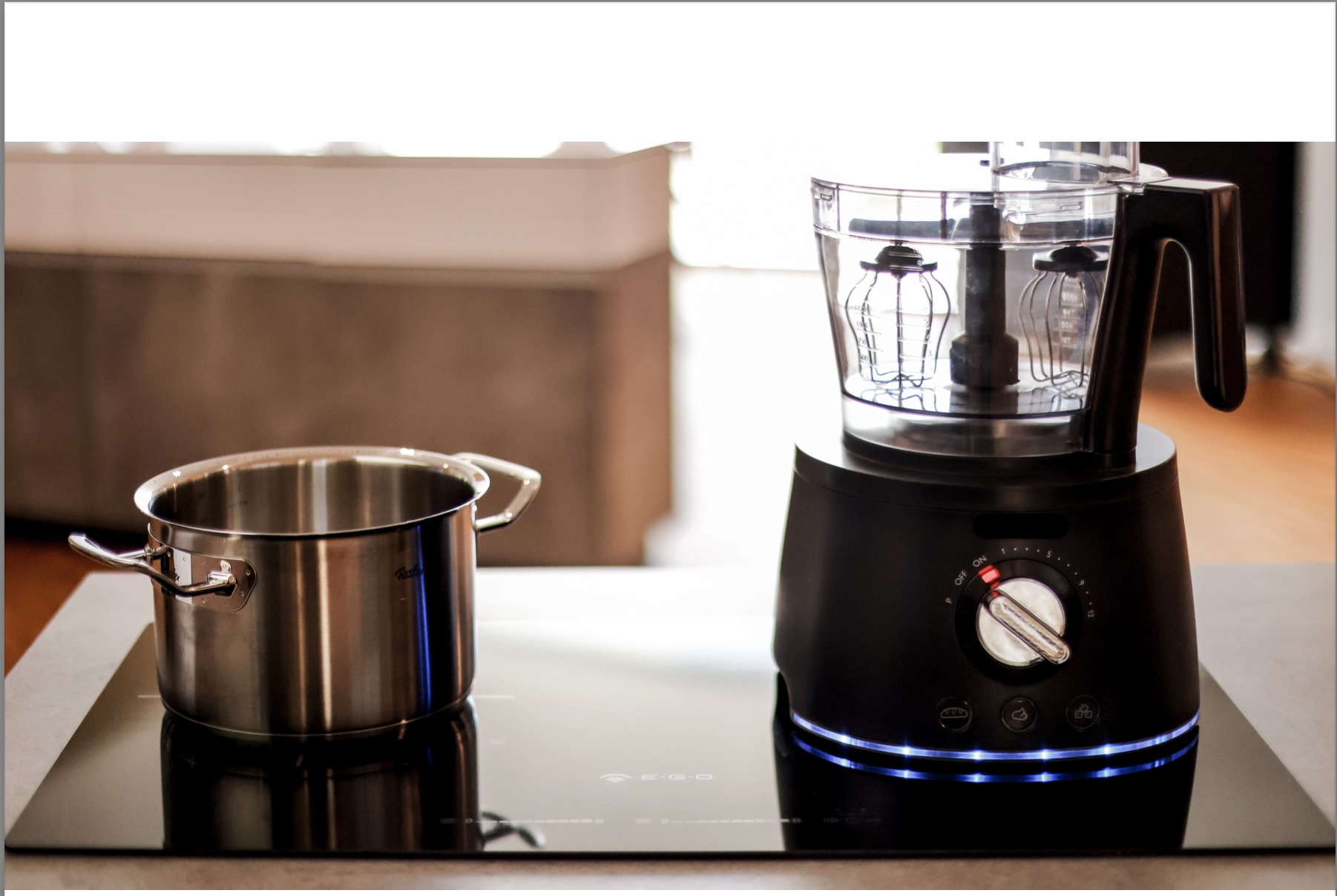
The Wireless Power Consortium (WPC) has announced the launch of the Ki standard, a breakthrough in bringing wireless power to the kitchen. Following the success of the Qi2 standard, which enhanced wireless charging for small electronics, the Ki standard eliminates the need for power cords in everyday kitchen appliances like blenders, toasters, and air fryers. Instead, appliances will communicate with a Ki power transmitter, which can be integrated into induction cooktops or hidden beneath countertops and kitchen islands. Delivering up to 2.2 kW of power, the Ki system promises to make kitchens more efficient, convenient, and safer while creating cleaner and more organized spaces.
Designer: Wireless Power Consortium (WPC)
Paul Struhsaker, Executive Director of WPC, explained how Ki will transform kitchen design. “Not only are we cutting the cord, but we’re eliminating it altogether,” Struhsaker said, noting that this advancement would inspire homeowners and designers to rethink how kitchens are used. Ki offers an innovative way to power smart appliances with greater convenience and flexibility, whether for new builds, remodels, or smart home upgrades.
New Possibilities for Kitchen Design
The introduction of the Ki standard opens up new design opportunities for kitchens. Without power cords, appliances are no longer restricted to placement near outlets. This freedom allows designers to create more open and modern layouts. With appliances able to sit on any Ki-enabled cooktop or countertop, there’s more room for creative solutions in kitchen design.

The ability to hide transmitters under countertops brings even more design flexibility. Kitchens can adopt sleek, minimalist looks, free from the clutter of cords. This feature will be especially useful in open-plan designs, where maintaining a streamlined aesthetic is important.

In addition to improving the look of kitchens, the Ki system enhances safety. Accidents are less likely to happen if no cords get tangled or cause trips, particularly in homes with children. The system’s wireless power shuts off automatically when an appliance is removed from the cooktop or transmitter, keeping surfaces cool and reducing the risk of burns.
Smarter Appliances
Ki also introduces smarter appliances. Future Ki-enabled devices will offer advanced features that allow users to control them remotely via smartphones. These smart functions will provide more control over cooking and make kitchens safer and more convenient.

Ki Wireless powering food processor bottom-lit
For designers, this brings an opportunity to incorporate advanced technology into kitchen layouts. Smart appliances connected through the Ki system will be part of the growing trend of smart home integration, offering homeowners easier ways to manage their kitchens.
Space Efficiency and Flexibility
Ki helps improve kitchen space utilization by removing the need for power cords. Without cords cluttering countertops, appliances can be placed more efficiently, and storage areas can be used more effectively. Transmitters hidden under countertops also allow for clean, unobstructed surfaces.
This feature will appeal to those designing smaller kitchens or maximizing the available space in larger ones. With fewer restrictions on where appliances can go, Ki enables more creative and functional kitchen designs.
Next Steps for Kitchen Technology
The development of the Ki standard has involved collaboration from leading appliance brands such as Midea, Beko, Philips, Miele, and E.G.O. These companies are working with WPC to bring Ki-enabled appliances to market, with certification testing expected to begin by the end of 2024.

Ki Wireless powering kettle to boil water
WPC’s certification process ensures that Ki-enabled products meet the highest standards for safety and interoperability. Once certified, products will display the Ki logo, assuring consumers that their appliances meet the standard.

Ki Wireless Power Blender and Pot on EGO cooktop
As Ki becomes more widespread, companies are encouraged to join WPC and use this new technology. With the potential to reshape kitchen spaces, Ki offers designers and manufacturers a chance to lead the next generation of kitchen innovation.






